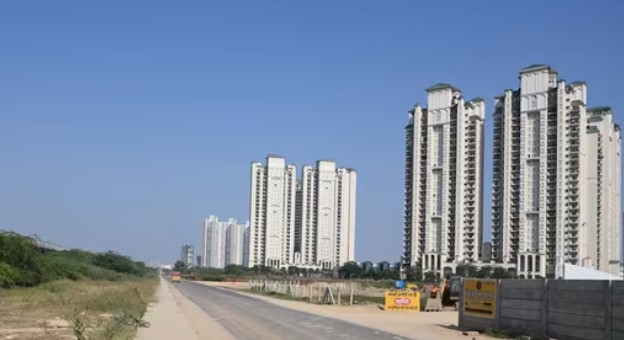
Housing prices: Delhi NCR saw the sharpest annual gain at 19%, followed by Bengaluru (15%). The upward trend reflects developers’ focus on premium projects
Property prices across top eight cities rose further in Q3 2025, fueled by strong demand in the premium segment, rising input costs, and a shortage of ready-to-move-in homes. Delhi NCR saw the sharpest annual gain at 19%, followed by Bengaluru (15%) and Hyderabad (13%), as per a PropTiger’s report.
As per the quarterly report ‘Real Insight Residential: July-September 2025’ by digital real estate transaction and advisory platform PropTiger.com by Aurum Proptech, Delhi NCR led the pack with a 19% YoY and 9.8% QoQ appreciation, driven by strong demand for luxury properties and infrastructure upgrades. The weighted average price of homes in Delhi-NCR rose from ₹7479 per sq. ft. in Q3 2024 to ₹8900 per sq. ft. in Q3 2025.
Bengaluru recorded a double-digit price growth of 15% YoY and 12.6% QoQ while Hyderabad recorded 13% YoY and 4.6% QoQ growth. The price in Bengaluru rose to ₹8870 per sq. ft. in Q3 2025 from ₹7713 per sq. ft. in the same period last year while prices in Hyderabad rose to ₹7750 per sq. ft. in Q3 2025 from ₹6858 per sq. ft. in Q3 2024.
According to the report, other major markets, including MMR (7%), Pune (9%), Chennai (9%), and Kolkata (8%), saw single-digit price growth, reflecting broad-based developer confidence and buyers' willingness to invest in appreciating assets.
Property sales and launch trends
The report highlighted that home sales across India's eight prime residential markets stabilised in the July-September quarter, with a marginal 1% year-on-year dip in volume to 95,547 units sold. On a QoQ basis, it registered a 2.2% decline. In sharp contrast, the total value of properties sold during the quarter surged by 14% annually to reach ₹1.52 lakh crore, a clear indication of a market shift towards premiumization.
The report also highlighted that new supply across the top eight cities saw a 0.1% annual decline, with 91,807 units launched. However, new launches registered a 9.1% growth over the previous quarter, signalling cautious optimism among developers.
This trend suggests that developers are strategically launching higher-value projects to align with the current buyer demand, which is heavily skewed towards the premium and luxury segments, it said.
Geographically, new supply was concentrated in the western and southern markets. The Mumbai Metropolitan Region (MMR) was the largest contributor, accounting for 26.9% of all new launches, followed by Pune with 18.7% and Hyderabad with 13.6%. These three cities collectively represented 59.2% of the new inventory introduced during the quarter.The top eight cities are Ahmedabad, Bengaluru, Chennai, Hyderabad, Kolkata, NCR (Gurugram, Noida, Greater Noida, Ghaziabad, and Faridabad), MMR (Mumbai, Navi Mumbai and Thane), and Pune.

















